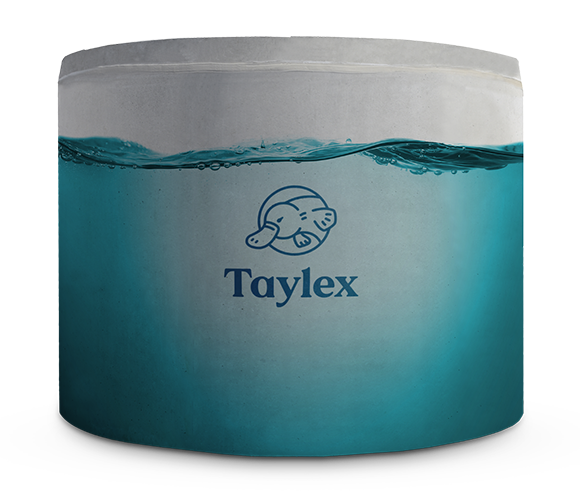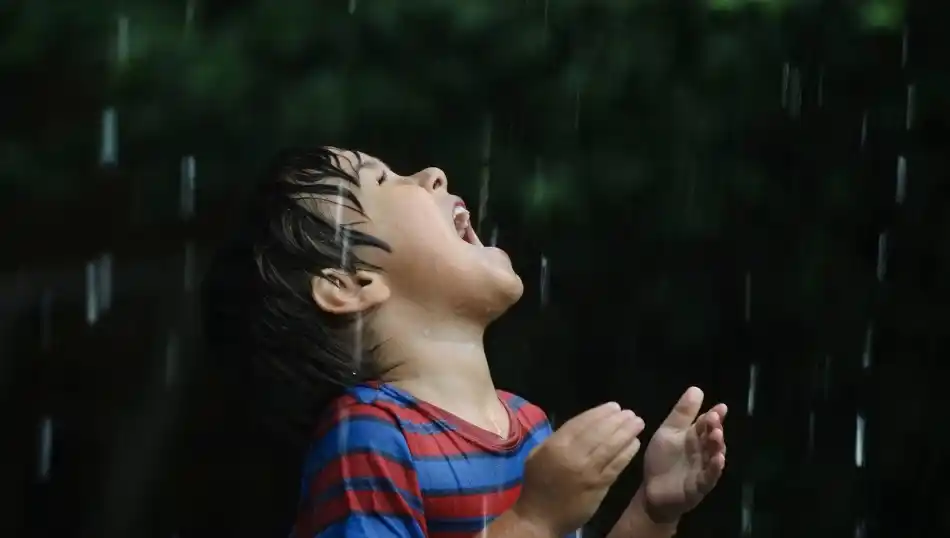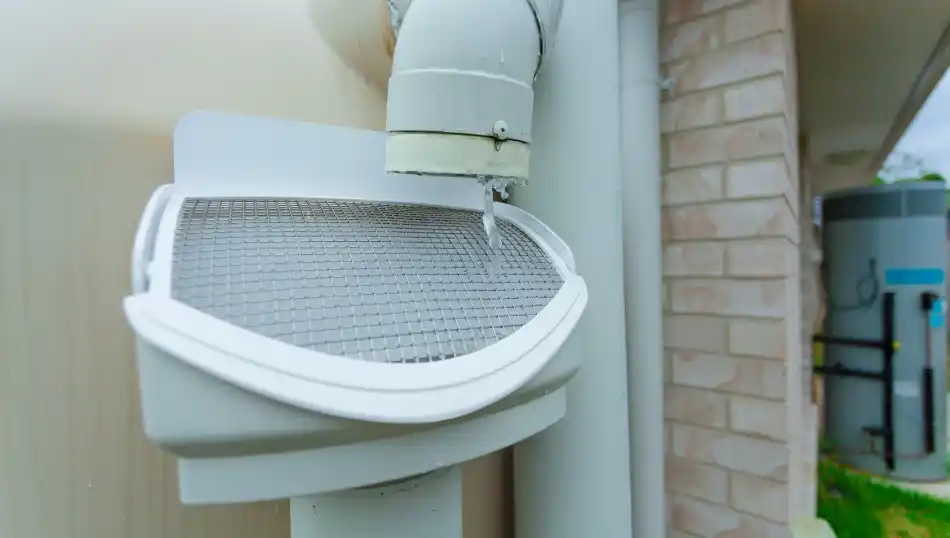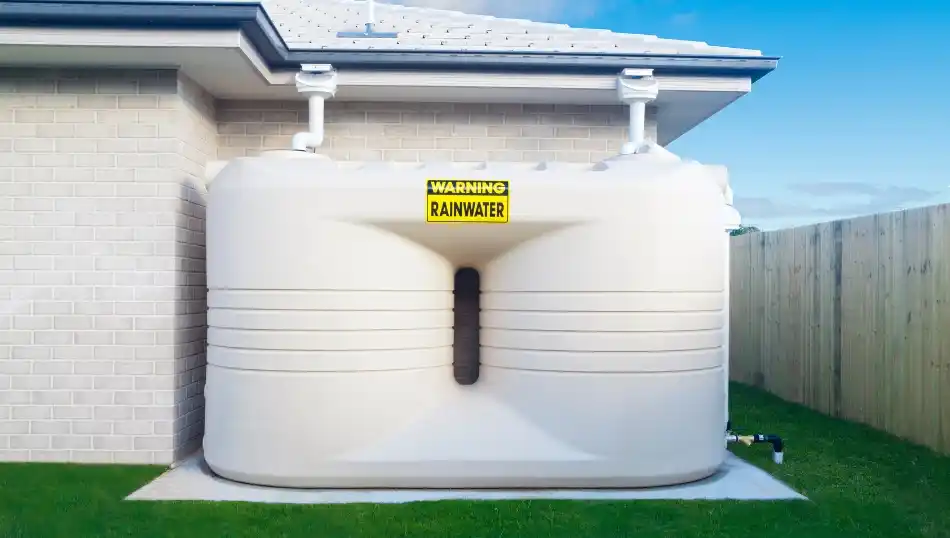
Have you ever gazed up at a rainstorm and wondered, “Can you drink rain water?” Harnessing nature’s bounty for drinking water is appealing, especially as we strive for more sustainable living practices. But is rainwater truly safe to drink? The answer is both yes and no. While rainwater may seem pure and refreshing, it’s essential to recognise that it can carry various contaminants.
With the right knowledge and precautions, rainwater can be a clean, healthy source of hydration. Before you consider rainwater as a viable drinking source, it’s crucial to understand both the benefits and potential risks involved. Let’s explore the rainwater harvesting and purification process.
What is Rainwater? A Detailed Overview
Rainwater is the pure liquid that falls from the sky, a key part of the water cycle that replenishes our water sources. However, rainwater often contains contaminants from the atmosphere and environment.
How Rainwater Forms and its Natural Cycle
Rainwater forms through a continuous process called the water cycle:
- Evaporation: The sun’s heat turns water from oceans, lakes, and rivers into water vapour, which rises into the atmosphere.
- Condensation: As the water vapour cools, it condenses into tiny water droplets or ice crystals, forming clouds.
- Precipitation: When the water droplets or ice crystals become too heavy, they fall back to earth as rain, snow, sleet, or hail.
- Collection: Precipitation collects in various ways, from natural bodies of water to artificial reservoirs and rainwater harvesting systems.
Is Rainwater Safe to Drink?
While rainwater is a vital part of the water cycle, it often contains contaminants that make it unsafe to drink without treatment. These contaminants can come from various sources.
- Airborne Pollutants: Industrial emissions, vehicle exhaust, and even natural dust storms can introduce pollutants into rainwater.
- Collection Surfaces: Rooftops, gutters, and other collection surfaces can harbour dirt, debris, bird droppings, and even residues from roofing materials.

Common Rainwater Contaminants and Their Effects
Rainwater, while seemingly pure, can carry various contaminants, primarily sourced from the atmosphere. Here’s a closer look at some common pollutants:
- Bacteria and Viruses: Can cause gastrointestinal illnesses.
- Heavy Metals (lead, mercury): Can lead to neurological and developmental problems.
- Pesticides and Herbicides: Can disrupt hormone function and pose other health risks.
- Other Chemicals: Depending on the type, can cause various health issues.
What is Rainwater Harvesting?
Rainwater harvesting is the process of collecting and storing rainwater for later use. It uses rooftops, gutters, and storage tanks to gather rainwater and save it for activities like watering plants, flushing toilets, or even drinking if properly treated.
Components of a Rainwater Harvesting System
A typical rainwater harvesting system includes several key components:
- Catchment Area: This is usually a rooftop where rainwater is collected.
- Gutters and Downpipes: These channels direct the rainwater from the catchment area to the storage tank.
- Leaf Screens and First-Flush Diverters: These help remove debris and the initial flow of contaminated rainwater before it enters the storage tank.
- Storage Tank: This tank stores the collected rainwater. It can be above or below ground and made from various materials, such as plastic, concrete, or metal.
- Filters: These are installed before or after the storage tank and help remove smaller particles and contaminants from the rainwater.
- Treatment Systems: These systems, like UV filters or reverse osmosis units, ensure the water is safe for drinking by removing or killing harmful contaminants.

Rainwater Harvesting Benefits
- Reduces Demand on Municipal Water Supplies: Eases the strain on local water resources.
- Lowers Water Bills: Free water for many household uses.
- Environmentally Friendly: Reduces stormwater runoff and its associated pollution.
- Emergency Preparedness: Provides a backup water source during droughts or emergencies.
Maintaining Rainwater Systems
- Regular Cleaning: Clean catchment areas, gutters, and downpipes to prevent debris buildup.
- Inspect and Clean Filters: Check and clean filters frequently for effective operation.
- Check for Leaks: Inspect the storage tank, pipes, and fittings for leaks or damage.
- Flush Out Sediment: Periodically flush the storage tank to remove settled sediment.
- Test Water Quality: Regularly test the water to ensure it meets safety standards, especially for drinking.
- Maintain Treatment Systems: Follow manufacturer guidelines for upkeep and replacement.
Rainwater Harvesting and Storage Issues
While rainwater harvesting is a great way to conserve water, contamination can affect the water quality. Potential contaminants from collection surfaces include:
- Dirt and Debris: Leaves, twigs, and dust can wash into storage tanks.
- Animal Droppings: Bird and animal waste can introduce bacteria and pathogens.
- Chemicals and Pesticides: Treatments on collection surfaces can leach into the water.
- Roofing Materials: Some roofing may release harmful substances like asbestos or lead.
How to Make Rainwater Safe for Drinking
While rainwater is a valuable resource, it often requires treatment to remove contaminants and make it safe for drinking. Key steps in the purification process include filtration and disinfection.
Filtration:
- Screen Filters: Remove large debris.
- Sand Filters: Remove suspended particles.
- Carbon Filters: Remove chemicals and some microorganisms.
- Ceramic Filters: Filter out bacteria and viruses.
- Reverse Osmosis: The most thorough filtration, removing almost all contaminants
Disinfection:
- Boiling: Effective against most pathogens.
- UV Disinfection: Kills microorganisms with UV light.
- Chlorination: A powerful disinfectant, but must be used carefully.
Health Benefits and Risks of Drinking Rainwater
Drinking rainwater can offer certain health benefits, but it also has potential risks we must consider.
Potential Health Benefits
Rainwater, when properly treated and filtered, can provide the following health benefits:
- Natural Purity: Rainwater is free from many of the chemicals found in tap water, making it a purer alternative for drinking.
- Mineral Content: Rainwater contains minerals like calcium and magnesium, essential for good health.
- Hydration: Drinking clean, filtered rainwater can help keep the body hydrated, supporting overall well-being.
Short-term and Long-term Health Risks
However, there are also risks associated with drinking rainwater, especially if it does not undergo proper treatment:
- Short-Term: Untreated rainwater can cause stomach upset, diarrhoea, and nausea.
- Long-Term: Chronic exposure to untreated rainwater contaminants can lead to more serious health issues.
Practical Tips for Drinking Rainwater
Drinking rainwater can be a sustainable option when done correctly. Here are some practical tips to ensure its safety and enjoyment:
- Invest in a Quality Filtration System: Choose a system appropriate for your needs and budget.
- Regular Maintenance: Clean filters, inspect the system for leaks, and test water quality regularly.
- Disinfect if Unsure: If you have any doubts about the purity of water, boil or treat it with a reliable disinfectant.
- Proper Storage: Use clean, food-grade containers and avoid storing water for extended periods.

Ready to Explore Rainwater Harvesting?
Rainwater, a natural resource freely available from the sky, can be valuable to your sustainable living practices. Understanding the potential risks and taking the necessary steps to harvest and purify it correctly can transform rainwater into clean, healthy drinking water.
Discover the freedom and sustainability of using rainwater for household needs. Explore Taylex‘s range of high-quality rainwater solutions, which make harvesting and purification easy and safe.
Learn More About Taylex Rainwater Solutions
Can You Drink Rainwater? FAQs
Is it Okay to Drink Rain Water From the Sky?
We don’t recommend drinking rainwater straight from the sky. As it falls, it can pick up contaminants like dust, pollutants, and microorganisms, making it unsafe. Always treat rainwater properly before consumption.
Is Rain Water Cleaner than Tap Water?
Rainwater lacks the chemicals added to tap water, like chlorine and fluoride. However, untreated rainwater can contain pollutants, making it less safe. Proper filtration and treatment are essential to ensure it’s clean and safe to drink.
Can you drink rain water after boiling it?
Yes! Boiling rainwater kills bacteria, viruses, and parasites, making drinking safer. Boil for at least one minute (three minutes at higher altitudes). However, boiling doesn’t remove chemical pollutants or heavy metals, so use filtration alongside boiling for thorough purification.